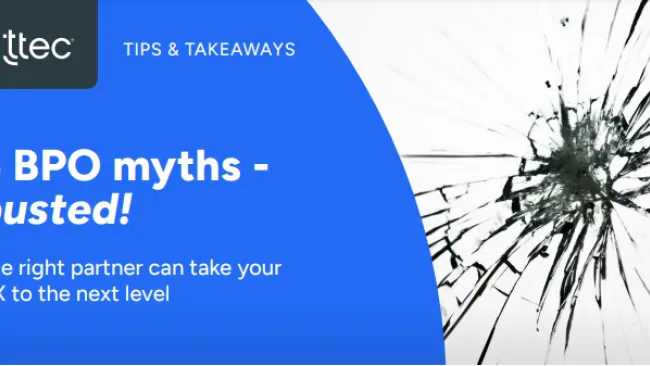Multichannel, omnichannel, single channel – companies have struggled to align customer expectations with CX delivery across the business in the channels customers prefer. It’s a challenge that has plagued the CX industry for years.
So when it comes to digital transformation, let’s forget about channels. Those shouldn’t be the focus. Great experiences should be.
The goal of any digital transformation should be to create a connected, cohesive customer-centric experience across the business. Historically this has been nearly impossible because of the numerous technologies, processes, and systems in place from M&A and other large-scale growth initiatives. APIs and other static levers to connect systems quickly become outdated and re-plumbing the organization with an entire enterprise-wide technology implementation simply isn’t feasible.
Many companies see opportunity to more easily improve experiences in single channels, so they do. This leads to siloed experiences and inconsistency for customers.
But it doesn’t have to be this way. Using automation and workflow management at their core, businesses can apply customer journey strategy with a real-time technology layer placed on top of existing systems throughout the organization. This layer creates a virtual glue that enables real-time connectivity across the enterprise that’s customer-centric, not channel-centric. We say that the approach enables “channel-less journeys.”
Moving from a channel-centric to customer-centric operating model is a mammoth undertaking and many organizations become overwhelmed by the enormity of the task. We recommend starting in the contact center, often the epicenter of all that is causing friction in the customer experience (and likely is costing the most to the business). In most cases, there are five steps to enable end-to-end digital transformation that improves customer satisfaction, reduces cost, and increases revenue:
- Consolidate: Build customer-centric journeys
- Automate: Reduce human dependency
- Enable: All channels
- Enhance: Add intelligence throughout the journey
- Enrich: Continuously add value
As you move through these steps, we recommend an agile operations learning lab and pilot approach that integrates business units to serve a subsection of customers in an integrated manner. Focusing on the end-to-end needs or a targeted group of personas allows the team to really focus versus trying to activate a new sales/service experience for all customers.
Using technology that the team already has available across the enterprise, the new operating model should be running in months rather than years. The workflow and automation can then be layered to activate the desired experience. As that journey is developed, the decision can be made as to which channels it should be activated through—regardless, the journey flow is consistent across channels, and if needed, as a customer moves across channels. The scope can expand as analytics, journey monitoring, and AI/NBA enable personalized interactions.
Learn more about how to enable each step in the process by downloading the TTEC white paper, “Activate Customer-Centric Digital Transformation Through Channel-less Journeys.”















